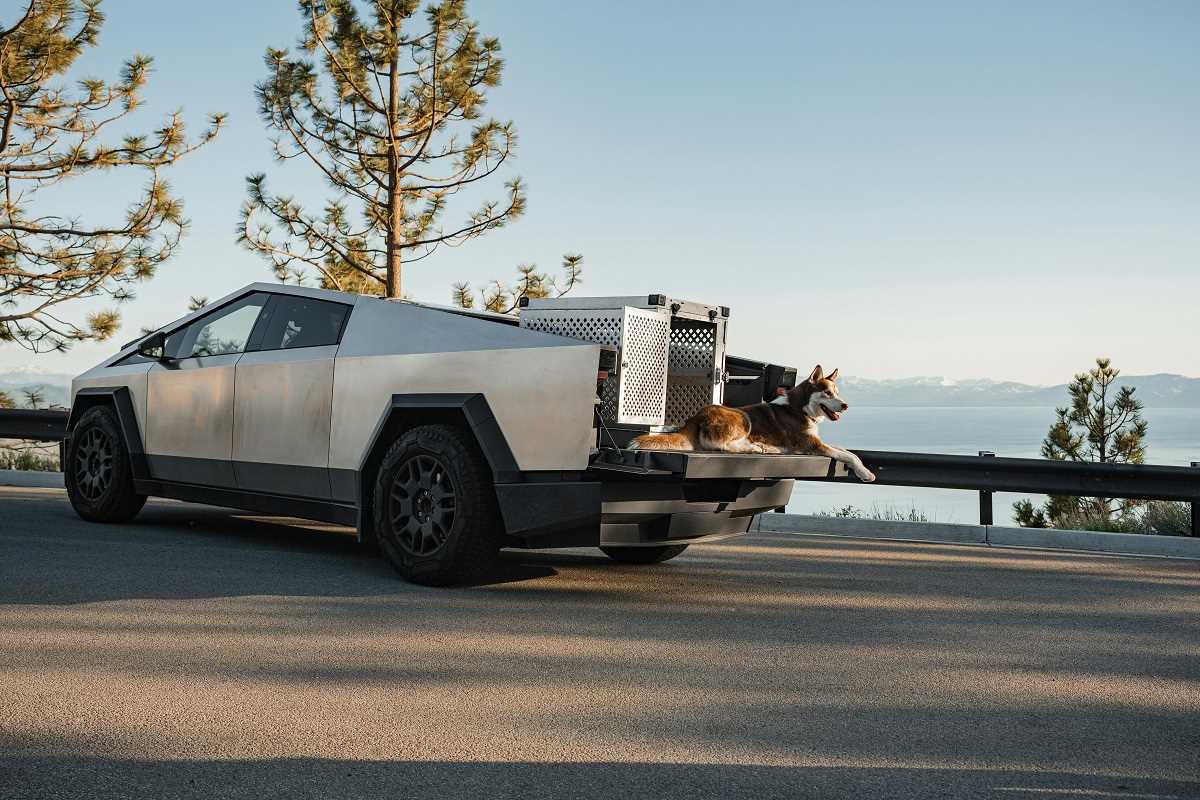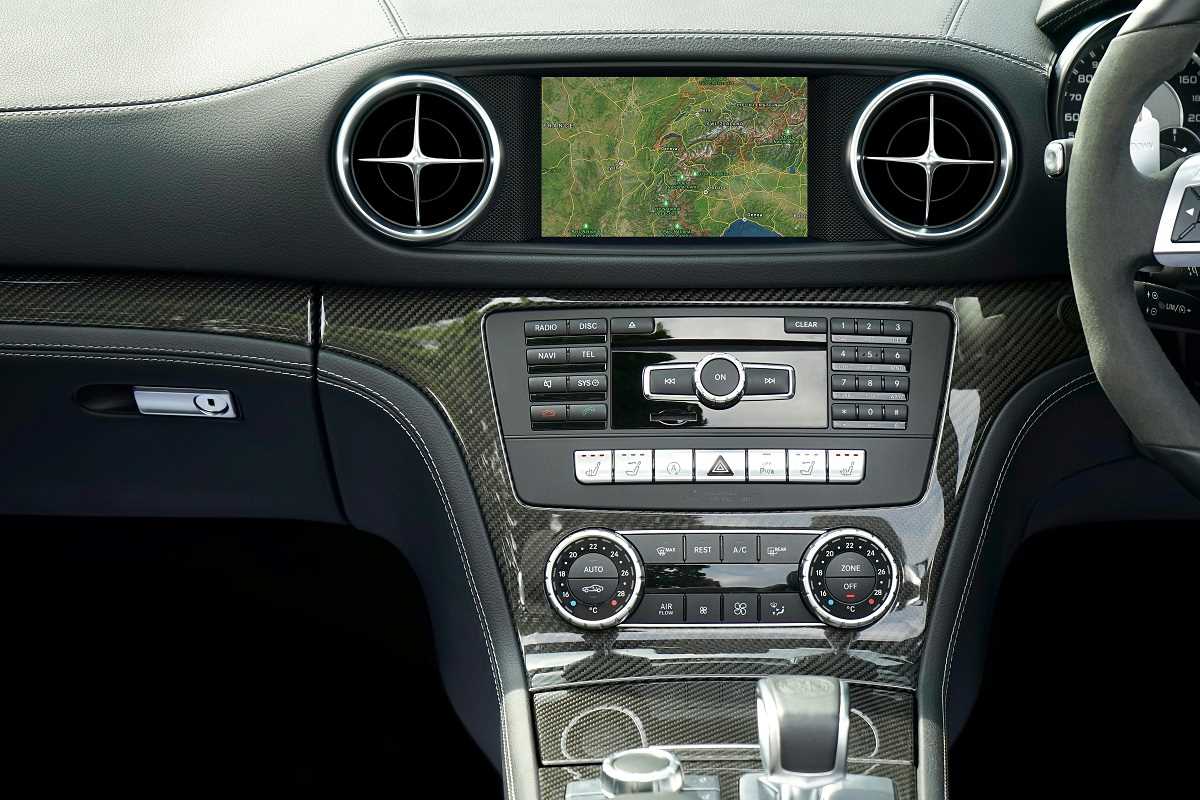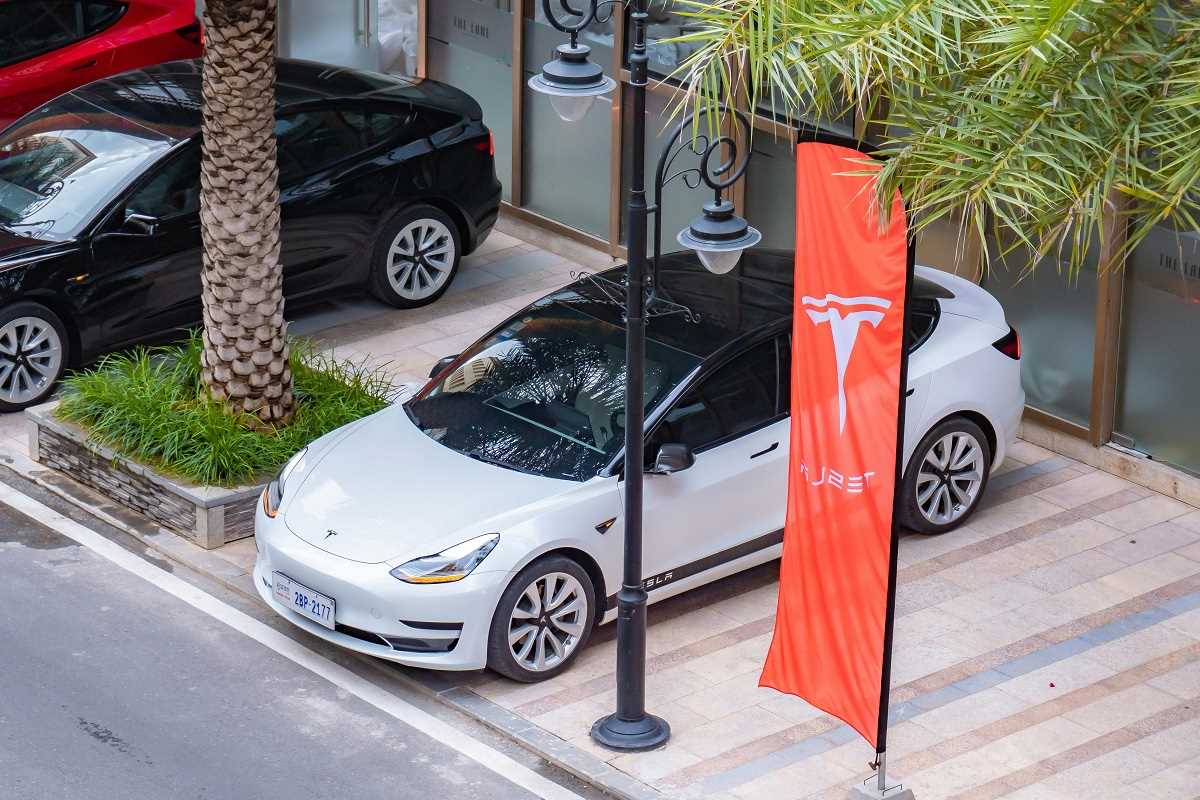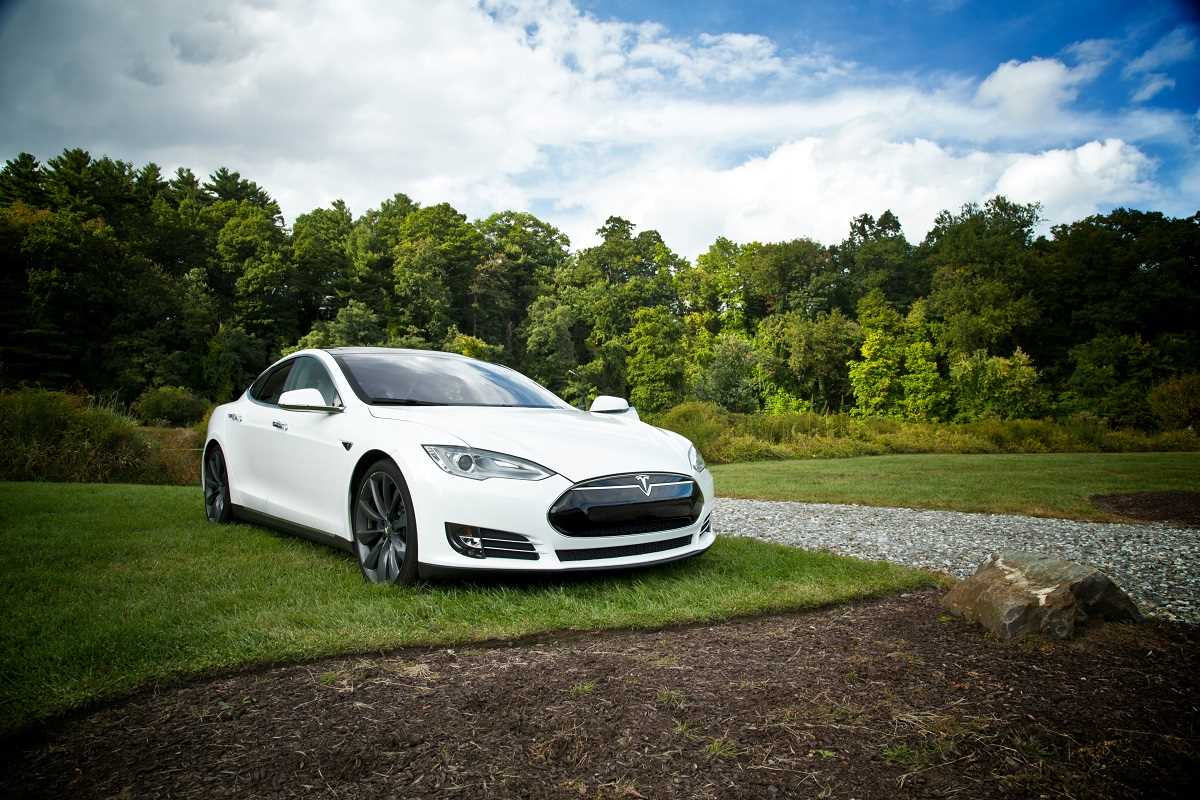When Tesla unveiled the Cybertruck in 2019, it wasn't just another product launch; it was a cultural moment. The unveiling of the angular, sci-fi-inspired truck left jaws on the floor, social media in a frenzy, and the automotive world buzzing. Its bold design and ambitious promises made it feel like a revolutionary leap, not just for Tesla, but for the entire concept of what a truck could be. Yet, as the years have passed, the Cybertruck has faced its share of ups and downs—from production delays and design challenges to an explosion of competition in the electric truck market.
Curious about what makes this wild vehicle so polarizing, what might be holding it back, and what the future holds? Here’s a deeper look into Tesla's Cybertruck, with all its high points, hiccups, and impact on the auto industry.
What Makes the Cybertruck Stand Out in a Crowd?
The Tesla Cybertruck wasn’t designed to blend in. It’s difficult to imagine anyone mistaking this for your everyday pickup. Its standout features, futuristic vision, and jaw-dropping specs make it one of the most unique vehicles to hit the automotive scene.
Radar-Defying Design
Love it or hate it, you can’t ignore it. The Cybertruck’s design is like something out of a dystopian future. Its sharp angles and flat panels make it look like a vehicle Batman might park in his garage. Tesla opted for an exoskeleton design composed of ultra-hard 30X cold-rolled stainless steel. This isn’t just for show; the material is meant to be bulletproof and offer remarkable durability.
Unlike standard trucks with curved, aerodynamic surfaces, Tesla leaned into a brutalist aesthetic that prioritizes functionality over traditional beauty. The decision sparked endless debates on whether it was a work of genius or an outlandish misfire. Elon Musk has clarified that part of the unconventional design was born out of necessity. Using the stainless steel they selected meant Tesla couldn't stamp the material into curved shapes, resulting in the boxy, angular look you see today.
A Speed Demon in Truck’s Clothing
This isn’t your grandpa’s pickup. The Cybertruck might be built to endure tough conditions, but its performance specs are more akin to a high-end sports car. The top-tier trim boasts a triple-motor all-wheel-drive system capable of accelerating from 0 to 60 mph in under three seconds. With stats like that, the Cybertruck easily outruns many sports cars and every other electric truck on the market (at least on paper).
For comparison, Ford’s F-150 Lightning, the Blue Oval’s electric truck entry, takes about four seconds to hit 60 mph. That’s still fast, but the Cybertruck’s edge in performance could make it the go-to choice for anyone looking for a high-speed thrill machine that doubles as a utility vehicle.
Sustainability with a Side of Power
Tesla has always been about sustainability, and the Cybertruck continues that ethos. Fully electric and equipped with a range of up to 500 miles (depending on the model), it promises to combine eco-friendliness with long-driving practicality. Tesla claims that even the base model, which has a single motor and rear-wheel drive, will have a range sitting comfortably over 250 miles. That’s more than enough for most daily commutes and light road trips.
One of the Cybertruck’s most impressive features is its towing capacity. At maximum configuration, it can tow more than 14,000 pounds. That kind of power places it squarely in competition with some of the most heavy-duty trucks on the market, both electric and gas-powered. Whether it’s hauling equipment to a worksite or towing an Airstream trailer cross-country, the Cybertruck seems to say, “Bring it on.”
Field-Tested Durability
Tesla has emphasized durability as part of the Cybertruck’s DNA. Beyond the stainless steel exterior, which makes it highly resistant to dents, scrapes, and even small-caliber bullets, Tesla has equipped the truck with its "armor glass" windows, engineered to resist impacts. While the infamous failed demo during the reveal (where a ball shattered the glass) became a meme-favorite moment, Tesla claims improvements have been made since the incident to meet the original durability promises.
Tech-Savvy Features at Every Angle
The Cybertruck comes with an array of Tesla’s signature tech goodies. A large, central touchscreen functions as the vehicle’s control hub, managing everything from climate control to navigation. Its autopilot feature brings the potential for semi-autonomous driving, making road trips or daily commutes even more stress-free. Surround cameras, parking assistance systems, and other driver-friendly features should also come standard, keeping Tesla ahead of the curve in technological innovation.
Why Has the Cybertruck Been Delayed?
While the anticipation surrounding the Cybertruck remains high, Tesla has struggled to deliver on its original timeline. Production, originally slated for late 2021, has now been pushed back multiple times. With 2024 fast approaching, many are wondering what’s causing the hold-up.
Challenges with Scaling the Radical Design
One of Tesla’s biggest obstacles has been manufacturing the Cybertruck at scale. The exoskeleton structure, while innovative, requires new production techniques and machinery that Tesla didn’t have in-house when the truck was announced. From sourcing materials to perfecting production lines, scaling something so unconventional has proven to be a tall order.
The Pricing Predicament
When Tesla first unveiled the Cybertruck, many were shocked to hear that the base model would start at just $39,900. This aggressively low price point was a calculated move to position the Cybertruck as accessible to a wide range of buyers. However, as production costs rise and global inflation takes its toll, many industry insiders expect the final price to climb significantly higher. Tesla has been tight-lipped about updated pricing, which has only added to speculation.
For comparison, Ford’s F-150 Lightning starts at roughly $50,000, and Rivian’s R1T, another direct competitor, begins at around $73,000. If Tesla hopes to maintain its competitive edge, pricing will play a pivotal role in the truck’s success.
Rising Competition in the Electric Truck Space
When the Cybertruck was first announced, Tesla was a pioneer in the electric truck world. Few automakers had seriously considered releasing EV trucks at the time. Fast forward to today, and the landscape looks much different. Rivian, Ford, General Motors, and an increasing number of startups are all vying for a piece of the electric truck pie.
Ford’s F-150 Lightning has already hit the streets and is garnering praise for combining classic F-Series comfort with cutting-edge EV tech. Meanwhile, Rivian’s R1T has emerged as an adventure-focused option, appealing to off-road enthusiasts and environmentally conscious buyers. With these competitors already making headway, Tesla is under pressure to deliver and differentiate itself in an increasingly crowded market.
Unrealistic Expectations?
Even before production began, some skeptics were skeptical of the Cybertruck’s appeal. While the truck’s radical design has captivated some, others believe it might scare off traditional truck buyers. Pickup owners have long-standing preferences for functionality, reliability, and a dash of rugged charm. For buyers used to the aesthetics of a Silverado or Dodge Ram, the Cybertruck’s stark departure might feel alien.
Where Does the Cybertruck Fit in the Auto Industry’s Future?
Regardless of its hurdles, the Cybertruck represents an important step forward in reimagining what a truck can be. Tesla isn’t just selling a product; they’re selling a vision for the future of transportation, complete with daring designs and futuristic tech.
One of the ways Tesla’s Cybertruck might redefine the industry is by pushing truck makers to think more creatively when designing electric vehicles. The Cybertruck highlights that buyers are ready for bold innovation—even if it doesn’t cater to traditional tastes. Its simplicity in design, coupled with cutting-edge technology, might set the tone for what’s possible in the next decade of EVs.
Final Thoughts on the Tesla Cybertruck
The Tesla Cybertruck has proven itself to be one of the most talked-about vehicles of the 21st century—even though it’s not yet on the road. From its polarizing design and jaw-dropping performance specs to its headline-grabbing production delays, the Cybertruck has kept itself squarely in the spotlight.
Whether it ultimately flops or becomes an icon, one thing’s for sure: Tesla’s Cybertruck has already made a mark on the auto industry. It’s a reminder that true innovation often comes with a dose of chaos, plenty of doubters, and the occasional shattered window.
And now, the question remains for buyers everywhere… Would you be willing to ditch the ordinary and take a ride in Tesla’s futuristic vision, or is it just too wild for your taste? Only time (and Elon Musk’s production team) can decide.
With over 1.5 million preorders recorded, the Cybertruck may soon turn skeptics into believers. Until then, the world waits as one of the most ambitious vehicles in history gears up to hit the open road.
 (Image via
(Image via





